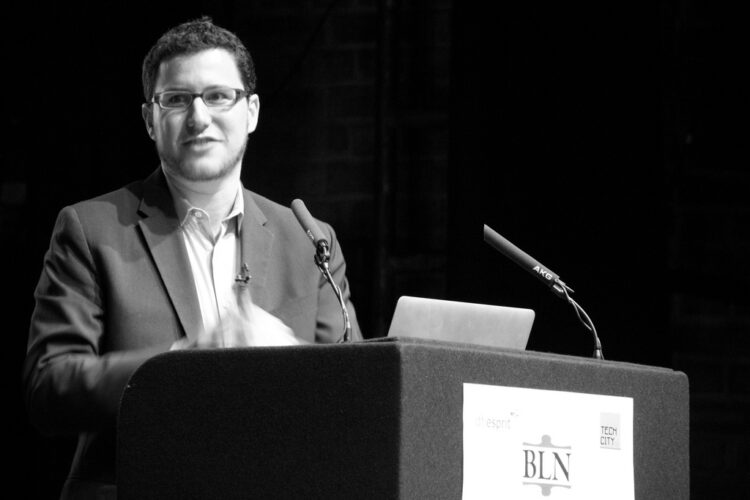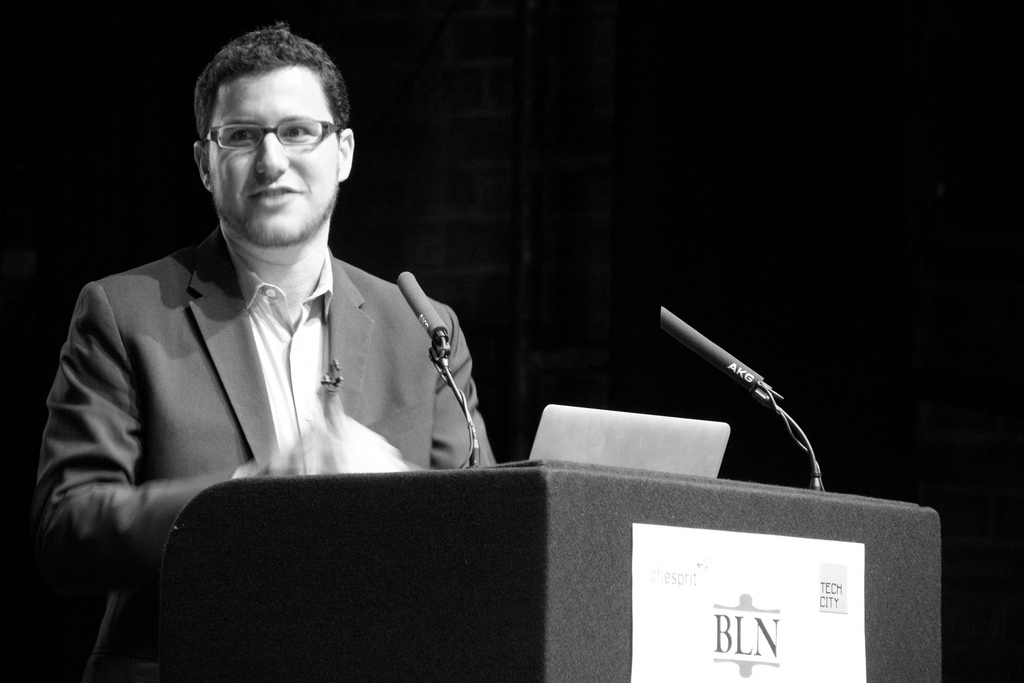Lean business practices have been around since Toyota coined the term as a way to describe their unique approach to manufacturing that maximized efficiency via acute attention to detail and elimination of waste.
But it was not until Eric Ries coined the term “Minimum Viable Product” and started the Lean Startup movement three years ago that lean methods and their attendant terminologies began to make their way into the mainstream.
Now all things lean are so popular that lean business practices are being taught as a part of school curriculums and practiced in organizations of all sizes.
The Lean Startup methodology is based on the premise that when you found a startup, you don’t know what is going to work. Sure, you may have a fancy business plan that sounds reasonable and a nice business model showing a hockey-stick like growth curve, but those are both based on assumptions that you should validate before you throw millions of dollars into creating your company.
Before the advent of lean startups technology startups were famous for raising hundreds of millions of dollars and spending years planning their product launch, only to launch and find themselves saddled with more than 100 employees and not a single customer.
For a chuckle, you should read the story of Webvan, memorialized in Steven Blank’s book Four Steps to an Epiphany.
What lean attempts to do is to prevent cases like Webvan by providing a rubric for how to validate (or more importantly, invalidate) every assumption you have about your product, market, channels, price and price in order to iterate your product and company quickly so you can find product-market fit.
The effects of the lean movement can be seen in all aspects of business and its promise to help you start a company while mitigating the financial risks has given rise to a new generation of savvy CEOs.
As lean becomes mainstream you will no doubt find yourself in interactions where lean terms like pivot, MVP and continuous deployment are thrown back-and-forth like a tennis match, so it’s key that you understand the fundamentals of how to implement lean practices to on any project you work on.
Now remember, lean is a business management style, not a business model and it is applicable to all manner of startups or new projects: everything from mobile apps to self-driving cars to starting a new blog. Lean is about developing your product via a series of experiments that test each one of your hypotheses, starting from the riskiest and moving down the line. Lean is about making changes on an idea or feature based on user feedback and not your personal preference. Lean is about prioritizing data gathering (qualitative AND quantitative) over planning.
In doing this, lean provides a methodology for you to create a product that actually has an audience, a real one, filled with people who will pay. All the while flagging potential failures before they are fatal and as a side benefit you end up with less waste, more efficiency and greater profitability.
In order to implement lean today you need to begin to think in terms of experiments rather than plans. Say it with me: think it, build it, ship it, tweak it.
Think it, build it, ship it, tweak it.
Hypothesis –> Minimum Viable Product –> Validated learning –> Pivot
Rinse and repeat
Step 1: Hypothesis
The hypothesis in lean is no different than your hypothesis in science class. It is just an educated guess about how things work. If I do [this] then [this] will happen. When it comes to the task at hand, be it writing a blog post or updating a feature on a website, then the hypothesis states what should happen based on data and a hunch.
Here’s an example for all your writers out there. Say you were a writer for a food network and you were paid based on the number of shares of your article. If you were brainstorming blog post topics the hypothesis might read: “If I write a review on a famous macaroon restaurant than my article will be shared more times than an original recipe for macaroons with dark-chocolate-bacon-crunch cream.”
Step 2: Minimum Viable Product
The goal of your MVP is to test a fundamental business hypothesis. When you make your MVP, you create enough of a product that it encompasses the general product idea and can test your hypothesis, but takes as few resources as possible to create it. In other words, you are looking to validate (or invalidate) your hypothesis using the least resources possible to do so. For the macaroon example the MVP would be something that tests whether your audience finds a recipe more interesting than the restaurant review, but it doesn’t have to be an actual blog post on the topic. Instead, it could be something easier to create like two tweets from – one that shares an existing pistachio macaroon recipe, the other that shares a restaurant review.
Step 3: Validated Learning
Once you have launched your MVP, you gather data to help you make a decision whether to continue to develop the idea or alter it to be a better fit. Benchmarking the performance of the MVP is critical. If the tweet about the recipe gets more shares than the restaurant tweet than it would be valid to say that recipes are more interesting to your audience. You could confirm this again with additional tweets on the subject matter. The overall goal is to gather quick data points to validate (or invalidate) your hypothesis.
Step 4: Pivot
Decision time. Now, based on your validated learning you need to decide where to allocate your resources to get the best possible outcome. If the validated learning suggested that recipes are more popular than restaurant reviews, then your time would be better spent developing an original recipe for macaroons with bitter-dark-chocolate-bacon-cream than reviewing a macaroon bakery.
This approach of Hypothesis –> Minimum Viable Product –> Validated learning –> Pivot, can be applied to various business challenges, product improvements, and new product launches. Simply put, to run lean, you must gather data to test assumptions before you building or launch anything.
Now excuse me while I go stuff my face with some bitter-dark-chocolate-bacon-cream macaroons.
For further reading on Lean methods, I recommend:
Lean Startup, Eric Ries
Running Lean, Ash Maurya
Four Steps to an Epiphany, Steven Blank
The Startup Owner’s Manual, Steven Blank & Bob Dorf
Amber Horsburgh is a strategist at Big Spaceship and teaches digital strategy and analytics at SkillCrush.
Image credit: CC by betsyweber





